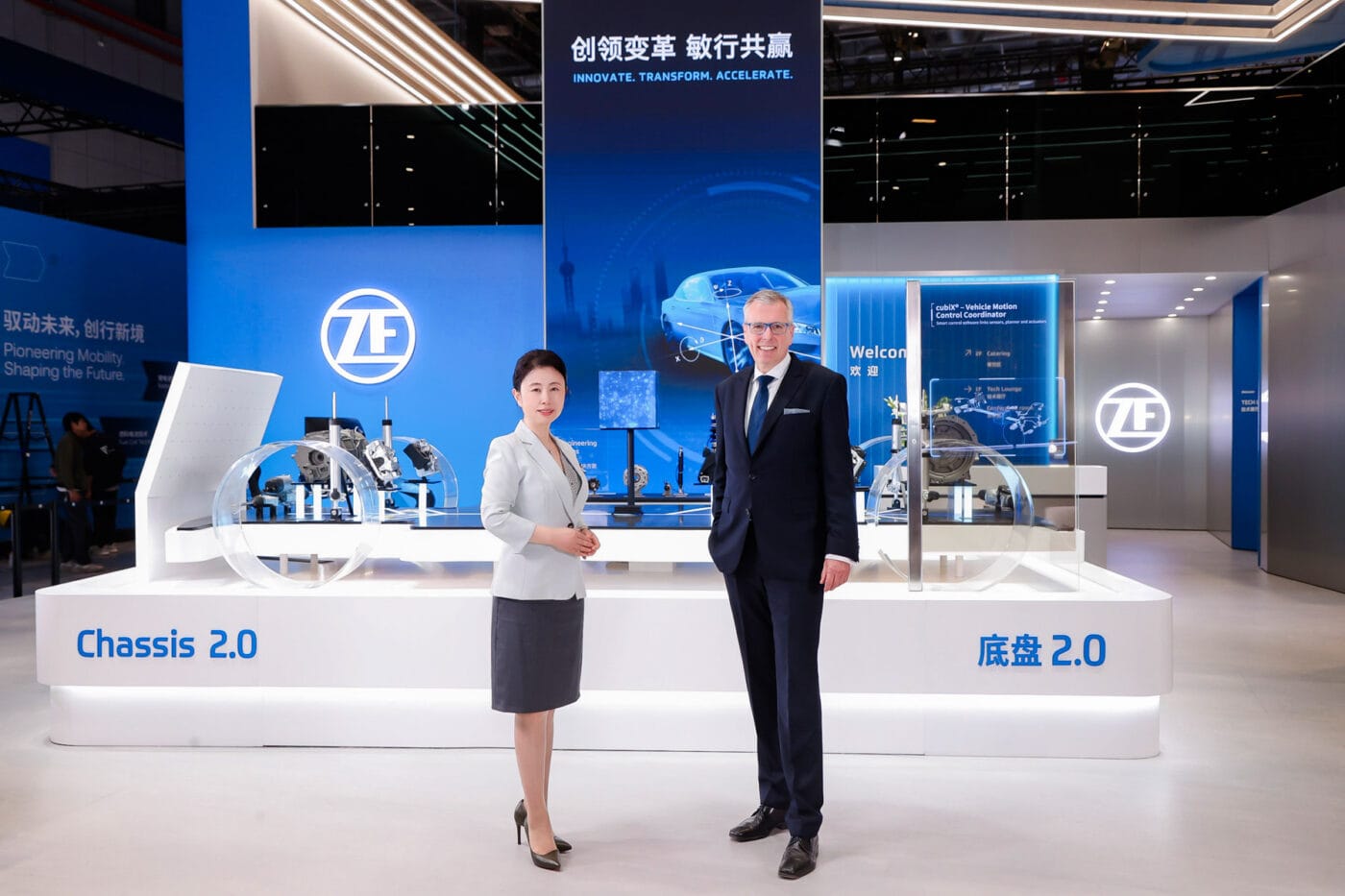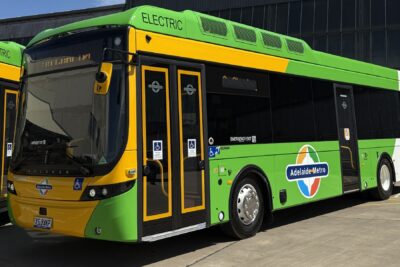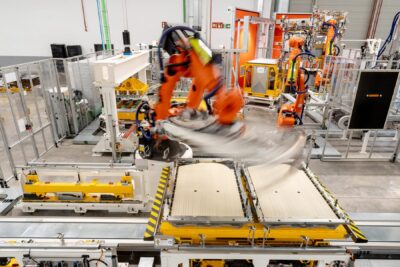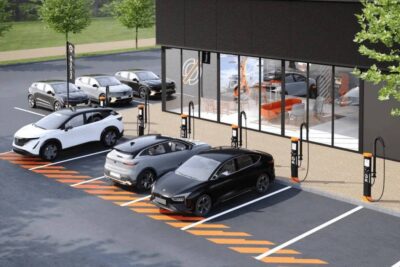ZF unveils new range extender system in Shanghai
In its announcement, ZF highlights three unique selling points of the new range extender. First, the system is said to be compatible with all-wheel-drive applications without requiring a second drive unit – a factor ZF claims can “significantly” reduce costs. Secondly, the range extender is described as “highly compact,” making it easier to integrate into the engine compartment. Thirdly, the supplier emphasises that both the electric and combustion engines can be operated at high efficiency, either for power generation or propulsion.
However, ZF has yet to release technical specifications for the new range extender system. What the company does disclose is that the drive unit is scheduled to enter production in the first half of next year. No customers have been named, but the German supplier notes that it has increased its market share among Chinese vehicle manufacturers and is benefiting from their continued growth. EREVs (Extended Range Electric Vehicles) are particularly popular in rural China and have, in some cases, seen higher growth rates than battery-electric vehicles across the broader market.
ZF’s stand at the Auto Shanghai also features other electric drive technologies, particularly in the commercial vehicle sector. Here, the supplier showcases its AxTrax 2 integrated electric axle system, which is designed to deliver a compact, lightweight and high-performance drive solution thanks to its modular construction. ZF is also pursuing a dual-track strategy in this segment, presenting the AxTrax 2 alongside the TraXon 2 Hybrid transmission.
However, the centre of attention of ZF’s presence in Shanghai is its Chassis 2.0, designed to fully integrate and connect various vehicle systems – a necessity in software-defined, autonomous vehicles, where the chassis must be able to respond to inputs from autonomous driving functions. With Chassis 2.0, the German supplier aims to merge these aspects and manage their interaction using its chassis-specific software, cubiX, which adapts to the driving situation in real-time. ZF notes that ‘by-wire’ technologies are becoming increasingly popular with Chinese OEMs. For instance, Nio equips its flagship electric saloon, the ET9, with ZF’s steer-by-wire system.
“ZF has continuously invested in innovative technologies for the Chinese market in recent years,” said ZF CEO Holger Klein. ”These include our Chassis 2.0 with by-wire technologies and the new electric range extender system. We have also consistently optimised our production and development processes to the requirements of our Chinese customers and thus literally fulfil ‘China Speed’.”
Update 28 April 2025
In a further announcement, ZF has provided more detailed information and technical data on the new range extender system, which the supplier presented last week at Auto Shanghai in China. ZF is working on two variants that differ slightly in terms of performance and complexity.
What both the electric Range Extender (eRE) and the electric Range Extender plus (eRE+) have in common is that they can be used in vehicles with a system voltage of 400 or 800 volts, and that they are flexible in terms of semiconductor type. The eRE combines an electric motor with an integrated inverter, suitable software and a planetary gearbox. The eRE+ also has an intelligent clutch and a differential. This allows it to be used either as a power generator or as an additional secondary drive, which saves manufacturers from having to develop a separate component. The power can be scaled for both models. The output ranges from 70 to 110 kW (eRE) or 70 to 150 kW (eRE+).
“Although the all-electric range of passenger cars is around 500 km on average, range anxiety still influences a wide range of buyers when choosing their next vehicle,” explains Otmar Scharrer, Senior Vice President R&D, Electrified Powertrain Technology. This is especially true in regions where a charging infrastructure is not yet universally available. ZF is currently developing the next generation of range extenders for these situations. “These represent a real alternative to larger – and thus more expensive – batteries or plug-in hybrids.”
ZF sees the advantages of range extenders – basically serial hybrids – over parallel hybrid drive solutions (for example in a PHEV) as “lower additional costs, shorter development cycles, lower platform effort, and simplified supply chain management.” That is what makes this drive interesting for new manufacturers, which is why there are a particularly large number of models and manufacturers with EREV drives in China, and why ZF’s Chinese locations are leading the way in the development of range extenders.
“This is where we find it convenient that there is a wide range of BEV platforms that can be supplemented by range extenders,” says Scharrer.
However, the Head of Development also sees growing interest in the USA and Europe: “The market for all-electric vehicles has not developed as predicted a few years ago. For this intermediate phase, range extenders can be the ideal solution.”
press.zf.com, press.zf.com (update)





0 Comments